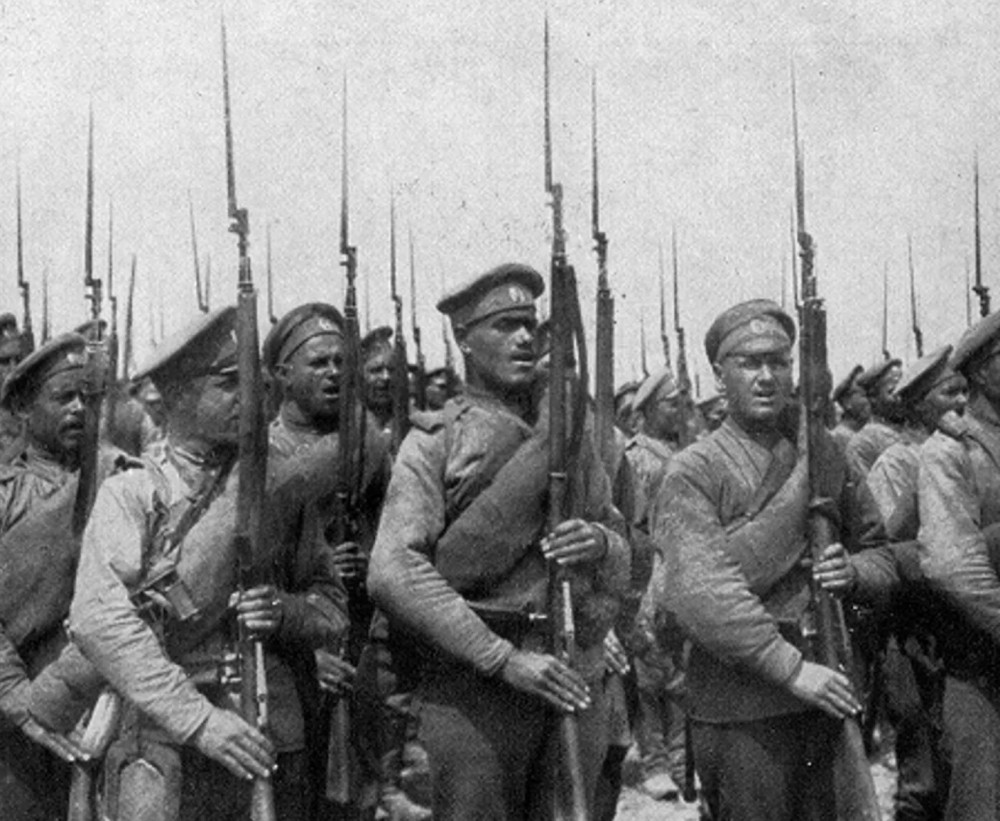
This paper analyzes the actions of the Russian army in the final year of the fightings on the Eastern Front of the First World War. This paper demonstrates that the Russian army in 1917 was undergoing violent internal processes, caused by the desire of various political forces to seize and retain power. The army involvement in the political struggle was steadily increasing and by autumn 1917 it had become an influential political force capable to play independently a decisive role in changing society (the Kornilov affair, the October Revolution in big cities and small communities). The paper concludes that the leadership of the Russian army was unable to achieve success at the front, even with a numerical superiority over the enemy's troops and at the cost of huge losses. At the same time, pacifist sentiments and the desire to end the war by any mean spreadamong the Russian soldiers. These moods were one of the most important factors contributing to the success of the October Revolution in November 1917 and the rapid conclusion of the Brest Peace in March 1918.
Source: Nelipovich S. (2019). Russian army in 1917: from the Imperial War to the soldier peace. Bulletin of Taras Shevchenko National University of Kyiv. History. 142: 19–27
Source web-site: https://drive.google.com/file/d/1WOg2rJrTv0qjdswlnFpHqb1LC3qSiQvT/view
Number of views: 97